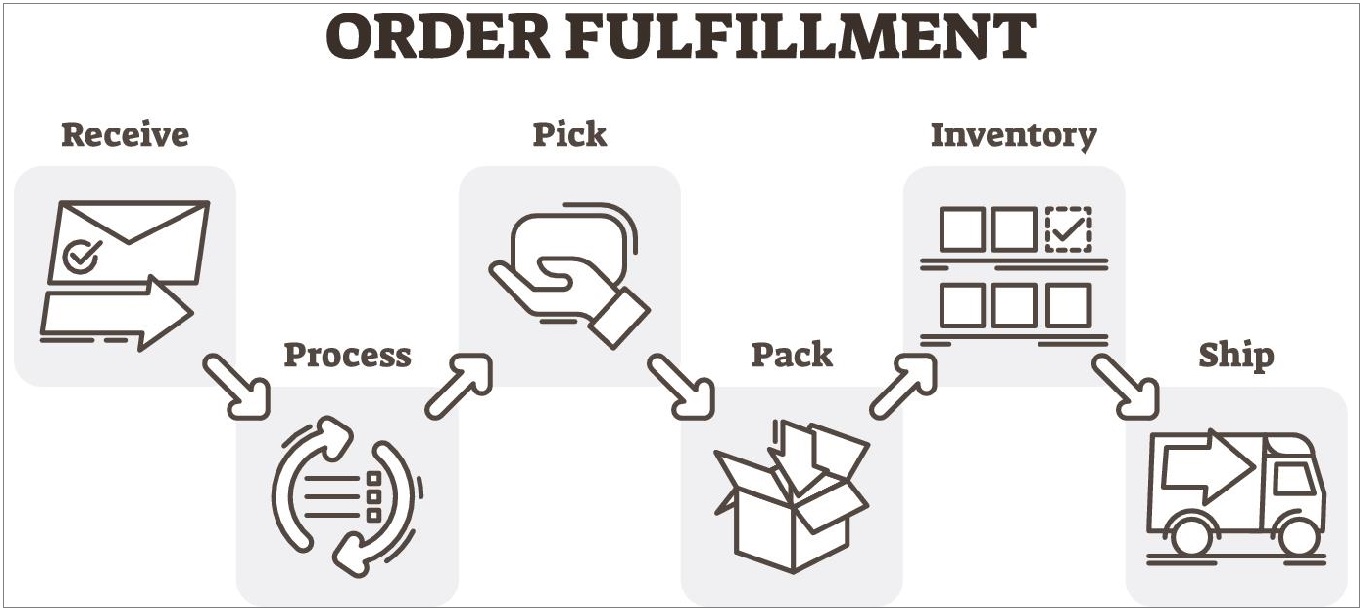
Order fulfillment is a component of the larger supply chain. There are four primary kinds of fulfillment options for orders which include in-house, outsourced, drop shipping, and hybrid.
In-House Order Fulfillment
In the in-house order fulfillment system, the company has its employees supervise the fulfillment process. The employees are responsible for all aspects of the fulfillment process which includes the distribution and storage of products on-site within the facility of company. In-house fulfillment is an excellent alternative for businesses with established operations that wish to control from the beginning to the end of the process. A lot of home-based businesses start with the option of in-house fulfillment because it is a low-cost option, especially for those with low-volume orders. Once they have reached the limits of their initial area and need to expand, they usually shift to hybrid or outsourced fulfillment models.
Outsourced Order Fulfillment
Outsourced fulfillment of orders happens if the transportation, storage, and processing of refunds/orders are handled by a third-party logistics (3PL) or an order fulfillment business. Companies that don’t have sufficient storage space or personnel can utilize this approach. In this scenario, the 3PL’s employees manage the entire fulfillment procedure from beginning to end starting from the time they receive stock from manufacturers, until the delivery of the orders to the end customer. The inventory is kept in a warehouse that is managed by the 3PL which means that companies who use outsourced fulfillment do not have to build warehouse facilities.
Dropshipping
Dropshipping is like outsourcing, however, there is no inventory to control. The retailer does not have the products it sells on its shelves. Instead, once the item is sold the retailer buys it from a third-party vendor. The supplier may be a manufacturer or business that purchases products from producers to sell directly to drop-shippers. The supplier manages every order, then sends products directly to customers. The only charge is the products you provide. It is common for e-commerce companies and new businesses to use this method.
Hybrid Fulfillment
A business that utilizes an array of these methods of fulfillment of orders is referred to as the hybrid fulfillment model. For instance, a company may process certain orders in-house for items that are custom made or items that need assembly prior to shipment, but may also utilize dropshipping to ship items that are not custom. Certain businesses choose to utilize dropshipping when they have products that are rarely purchased or don’t want to keep in their own facilities, such as expensive or large items. This is a fantastic choice for businesses that need more flexibility or experience rapid growth.
What is the reason it is important to complete orders?
The modern consumer is accustomed to two-day (or perhaps the next-day) delivery choices. So, they expect speedy deliveries and punctual delivery. If your system for the fulfillment of orders isn’t time-bound or consistent, it might be difficult to get your orders in the time frame you need which could hurt your company (and its bottom line).
Check out these figures — 44 percent of shoppers have said they won’t shop with retailers again for at least one month after an unpleasant delivery experience. Additionally, 38% of customers who attended classes in customer service say they will not purchase from retailers again shortly.
Choices for fulfillment of orders directly impact the buying behaviors of a customer.
